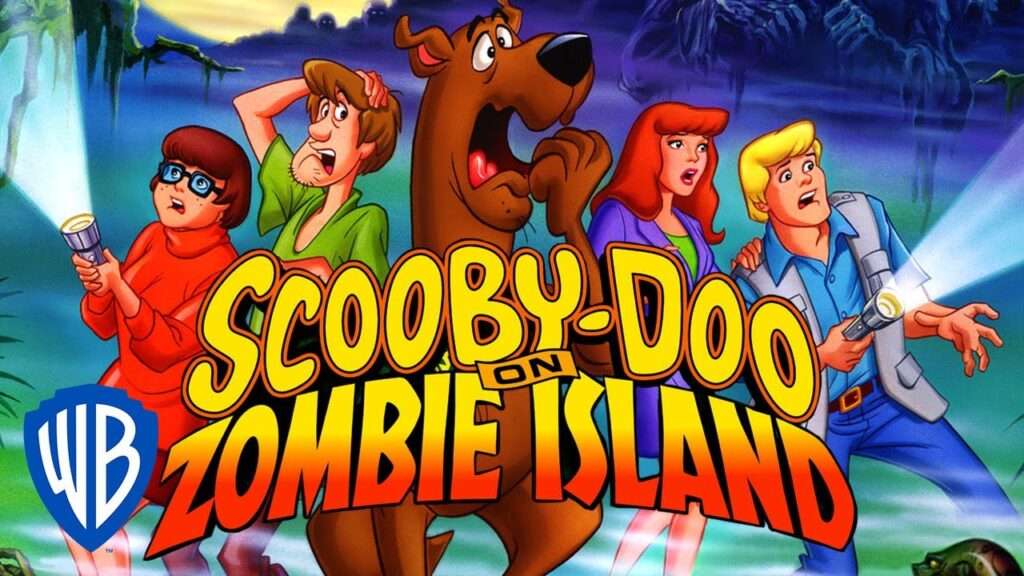Introduction
Cartoon characters with glasses are not just part of their design; they symbolize individuality, personality, and relatability. From the geeky sidekicks to brave protagonists, glasses add depth to these animated figures, making them unforgettable. These characters resonate with fans who see themselves reflected in their struggles, triumphs, and unique quirks. In this article, we’ll take a deep dive into the world of cartoon characters with glasses, exploring their cultural impact and the stories behind their specs.
Why Glasses Matter in Animation
Animation isn’t just about visuals; it’s about storytelling. Glasses are a subtle, yet effective way to tell a story. Let’s explore why glasses are so significant in cartoons:
- Defining Personality Traits:
Glasses often hint at a character’s personality. They might represent intelligence (Velma from Scooby-Doo), nerdiness (Milhouse from The Simpsons), or quirkiness (Chuckie from Rugrats). - Relatable Representation:
Approximately 64% of people wear glasses or contact lenses. Seeing cartoon characters with glasses can make viewers feel seen and represented. - Humor and Drama:
Glasses are often used as comedic or dramatic props. For instance, Velma’s frantic search for her glasses in Scooby-Doo is a classic comedic moment, while Chuckie’s glasses often symbolize his fragility and caution. - Visual Identity:
Glasses make characters visually distinct, helping them stand out in a crowded world of animated figures.
Now that we know why glasses matter, let’s explore some of the most famous bespectacled characters in animation history.
Iconic Cartoon Characters with Glasses
Velma Dinkley (Scooby-Doo)
Velma Dinkley from Scooby-Doo is the epitome of a smart, resourceful character. Her thick glasses are more than just a fashion statement – they’re a crucial part of her identity. Without her glasses, Velma is vulnerable, often muttering her famous line, “My glasses! I can’t see without my glasses!” This catchphrase has cemented her as an icon for bespectacled fans worldwide.
Velma’s glasses also symbolize her intellect. As the brains of the Scooby gang, she often solves the mysteries before anyone else. Her glasses remind us that intelligence is cool and that being different is something to celebrate.
Dexter (Dexter’s Laboratory)
Dexter, the boy genius, is known for his oversized, white-rimmed goggles. These glasses are a visual representation of his scientific genius and curiosity. Without them, Dexter wouldn’t be the same lovable, quirky character. His glasses also serve as a protective barrier, emphasizing his commitment to his experiments and scientific pursuits.
Milhouse Van Houten (The Simpsons)
Milhouse is one of the most relatable characters in The Simpsons. His oversized glasses enhance his image as a nerdy, awkward sidekick. While often the butt of jokes, Milhouse’s glasses symbolize his vulnerability, innocence, and optimism. His character reminds us that even the underdog has their moments to shine.
Chuckie Finster (Rugrats)
Chuckie Finster from Rugrats is the perfect example of a character whose glasses are integral to their identity. His oversized round glasses and wild red hair make him instantly recognizable. Chuckie’s glasses aren’t just a design choice – they symbolize his cautious and nervous personality. He’s the voice of reason among the adventurous toddlers, and his glasses highlight his timid yet lovable nature.
Professor Farnsworth (Futurama)
Professor Hubert Farnsworth, the eccentric scientist in Futurama, sports oversized glasses that match his quirky personality. His specs emphasize his age, intelligence, and often humorous absent-mindedness. Professor Farnsworth’s glasses are a key part of his visual design, making him one of the most memorable characters in the show.
Meg Griffin (Family Guy)
Meg Griffin from Family Guy wears round glasses that are central to her character design. Her specs contribute to her portrayal as an awkward, misunderstood teenager. Meg’s glasses are a subtle reminder that she is grounded and relatable, standing in contrast to the over-the-top antics of her family.

Mr. Peabody (Mr. Peabody & Sherman)
Mr. Peabody is a genius dog with impeccable style. His sleek, black, round glasses reflect his sophistication, intelligence, and wit. As a time-traveling dog, Mr. Peabody’s glasses give him an air of authority and charm, making him a role model for kids who admire intellect and problem-solving skills.
Edna Mode (The Incredibles)
Edna Mode is a powerhouse of personality. Her bold black glasses are as iconic as her sharp wit and avant-garde fashion sense. The glasses symbolize her no-nonsense approach and keen eye for detail, making her one of the most memorable supporting characters in The Incredibles.
Cartman’s Alter Ego (South Park)
In South Park, Eric Cartman occasionally dons glasses when impersonating authority figures or creating alter egos. These moments are often comedic, highlighting how glasses can transform even the most mischievous character into someone who looks more “official.”
Cultural Significance of Cartoon Characters with Glasses
Cartoon characters with glasses have left a lasting impact on pop culture. They’ve inspired children and adults alike to embrace their individuality. Here’s how they’ve shaped society:
- Breaking Stereotypes:
Characters like Dexter and Velma prove that intelligence is a superpower, while Chuckie shows that it’s okay to be cautious and different. - Boosting Confidence:
Seeing characters with glasses on screen helps people feel represented, especially children who may be self-conscious about wearing glasses. - Becoming Fashion Icons:
Glasses worn by characters like Edna Mode and Mr. Peabody have become symbols of style, showing that eyewear can be both functional and fashionable. - Highlighting Vulnerability and Growth:
Glasses are often used to show a character’s weaknesses, like Velma’s inability to see without them or Chuckie’s cautiousness. However, these characters often grow and thrive, showing that perceived “flaws” are part of what makes us human.
Conclusion
Cartoon characters with glasses are more than just animated designs – they are cultural icons. From Velma’s intelligence to Chuckie’s cautious charm, these characters remind us that glasses are more than just a functional accessory. They’re a symbol of individuality, growth, and relatability.
By embracing glasses as a key part of character design, animators have created figures that resonate with audiences around the world. These bespectacled characters teach us valuable lessons about self-acceptance, confidence, and the power of being unique.
FAQs
Why do cartoon characters wear glasses?
Glasses are often used in cartoons to highlight traits like intelligence, vulnerability, or individuality. They also make characters visually distinct and relatable.
Who is the most famous cartoon character with glasses?
Velma Dinkley from Scooby-Doo is one of the most iconic characters with glasses. Her specs are a defining feature of her character.
Are there any heroic cartoon characters with glasses?
Yes! Characters like Mr. Peabody (Mr. Peabody & Sherman) and Velma (Scooby-Doo) are known for their bravery and problem-solving skills.
How do glasses affect character design?
Glasses add depth to character design by symbolizing traits like intelligence, vulnerability, or eccentricity. They also make characters more relatable to viewers.
What’s the cultural impact of cartoon characters with glasses?
These characters have broken stereotypes, boosted confidence for glasses-wearers, and become symbols of individuality and uniqueness.
